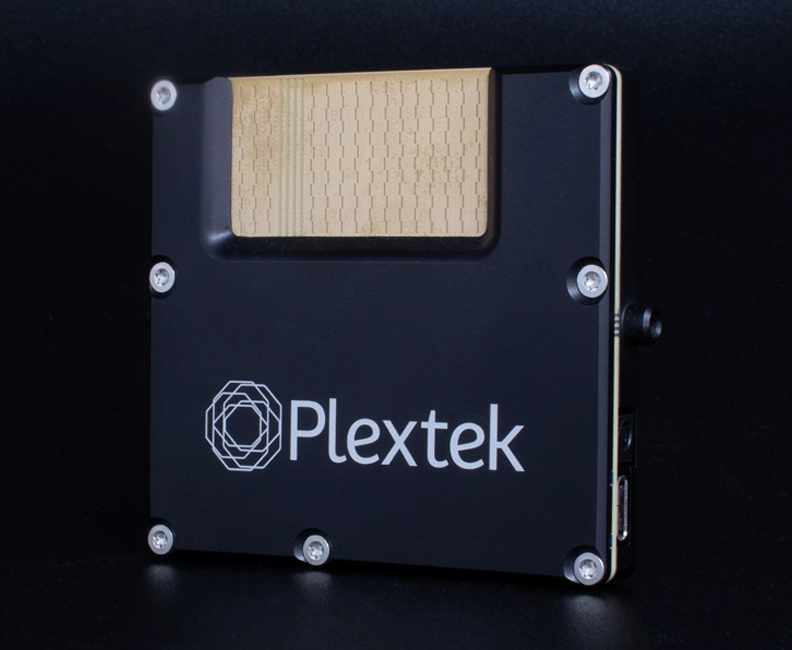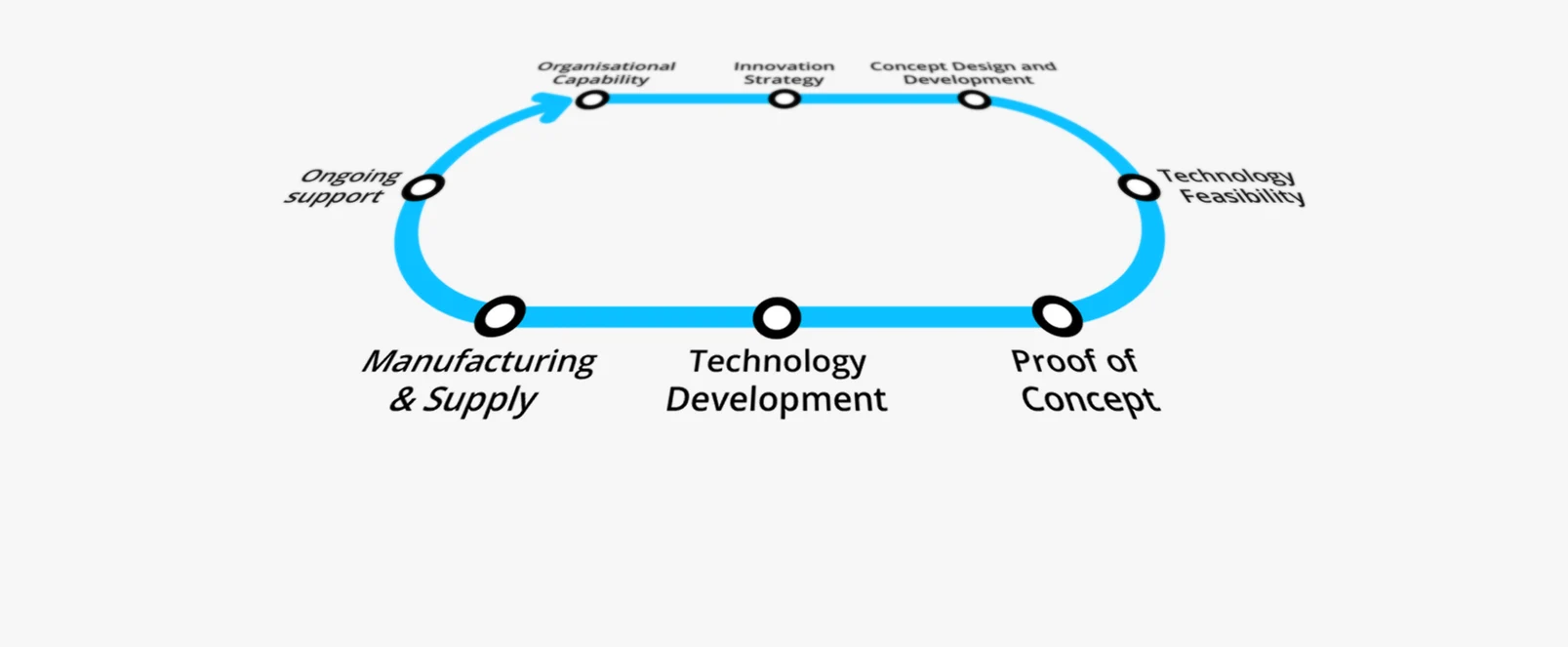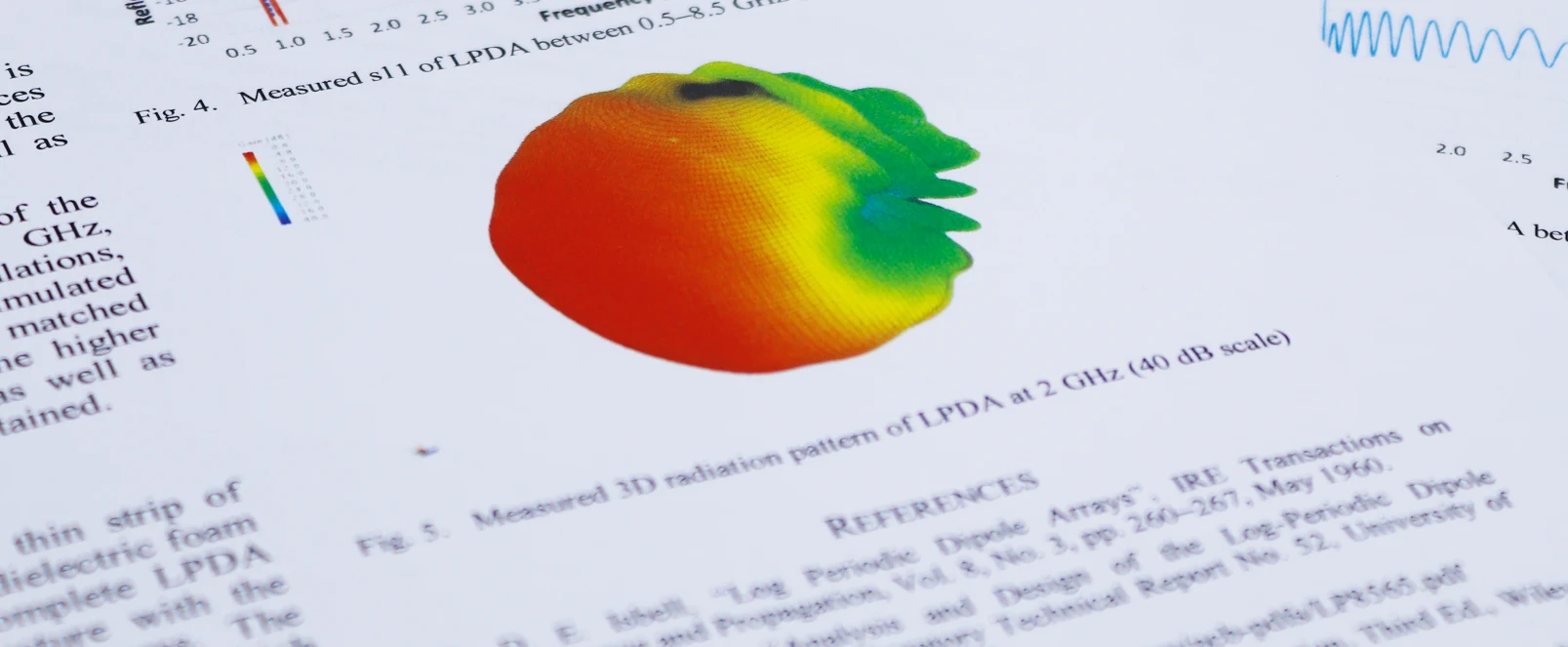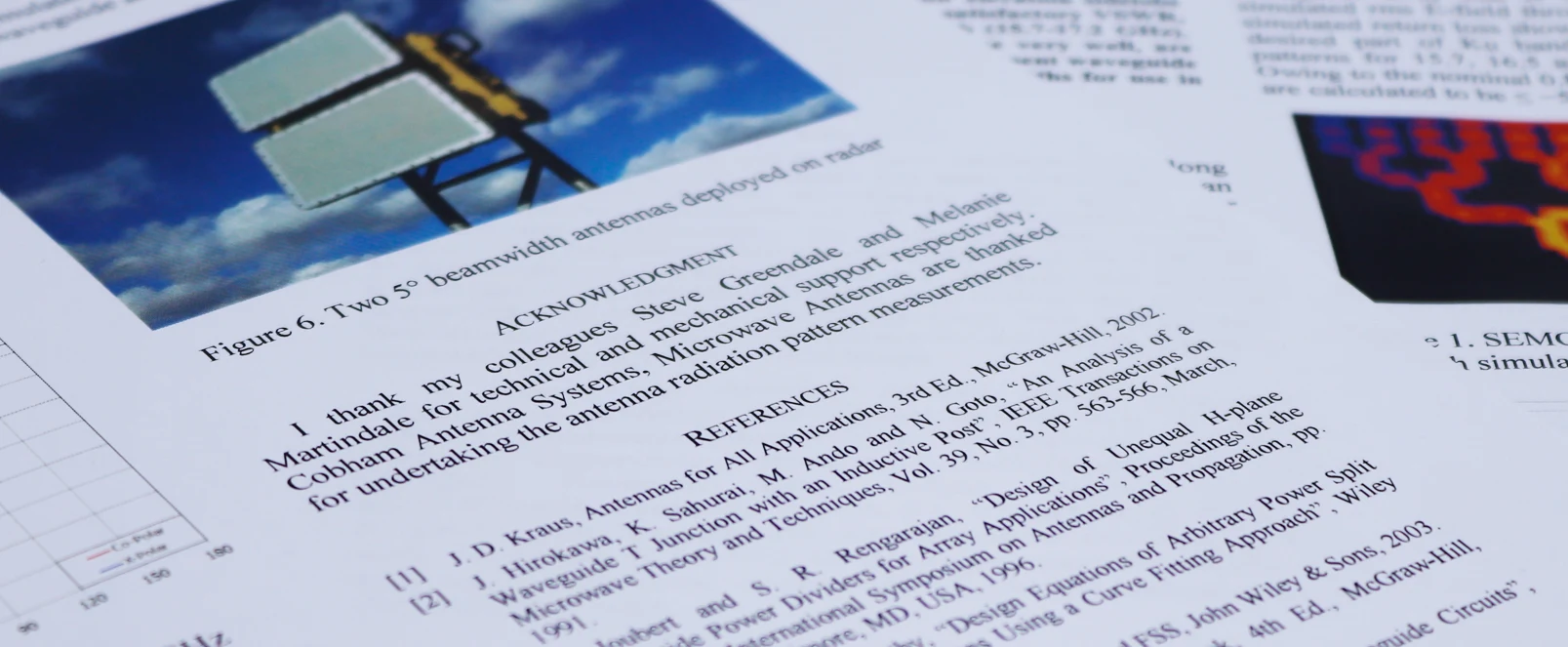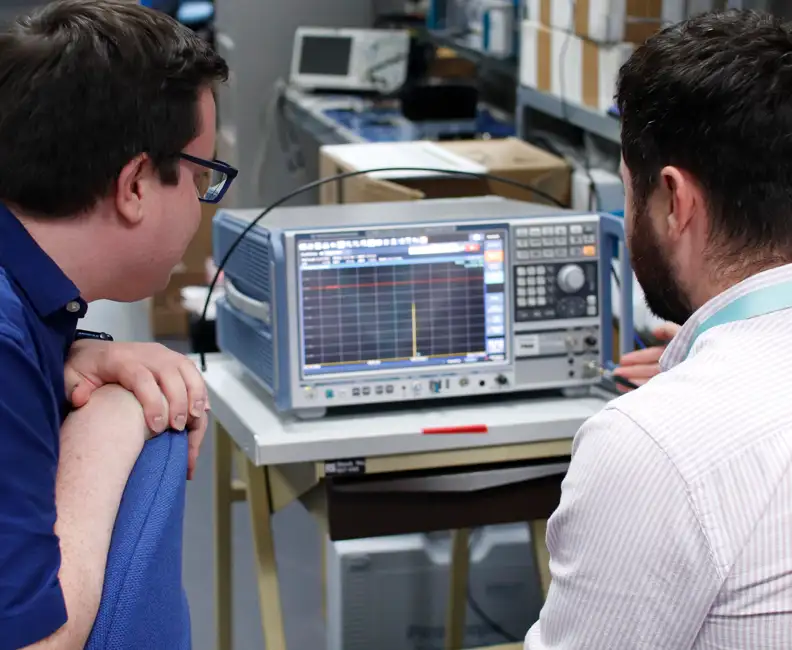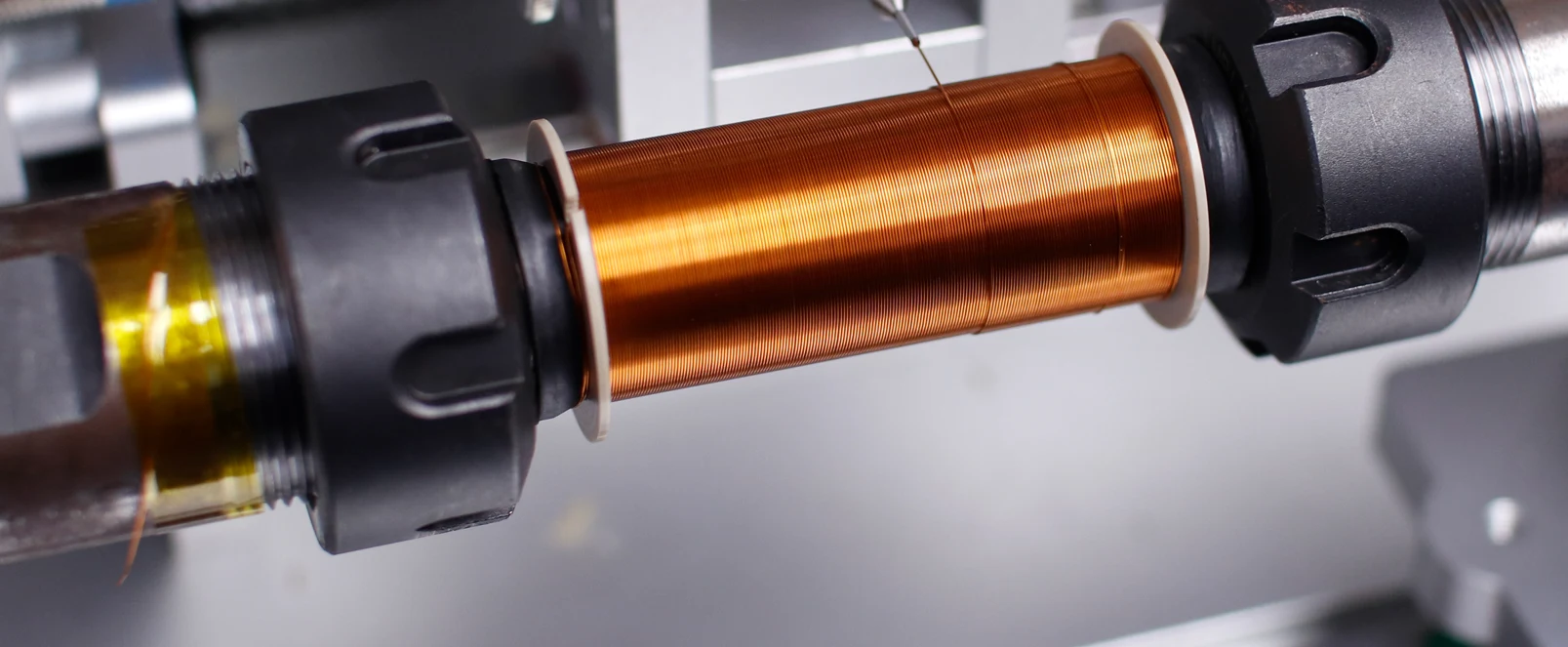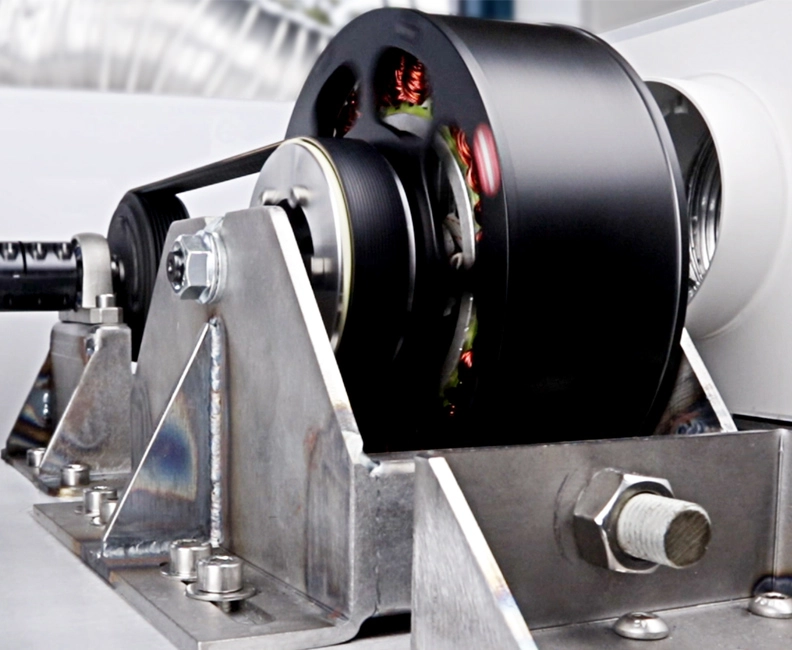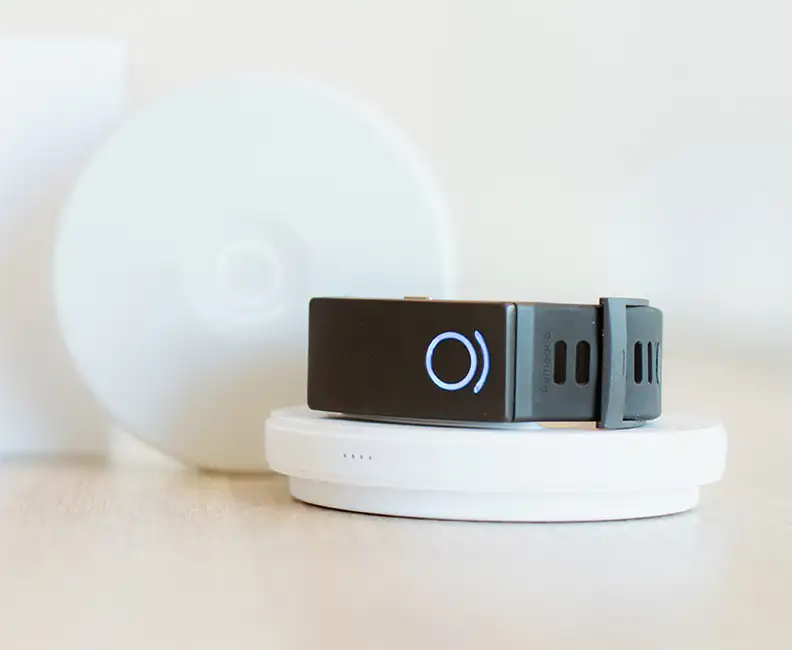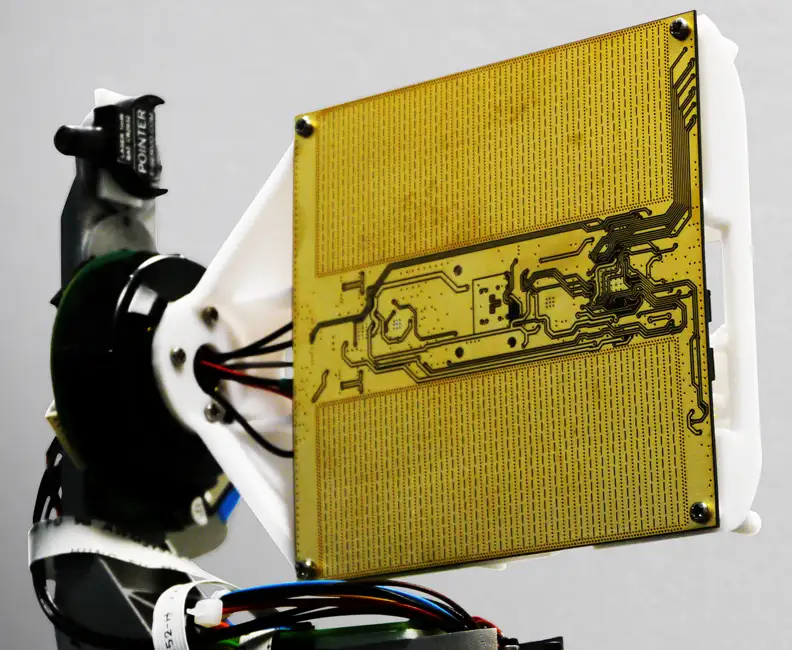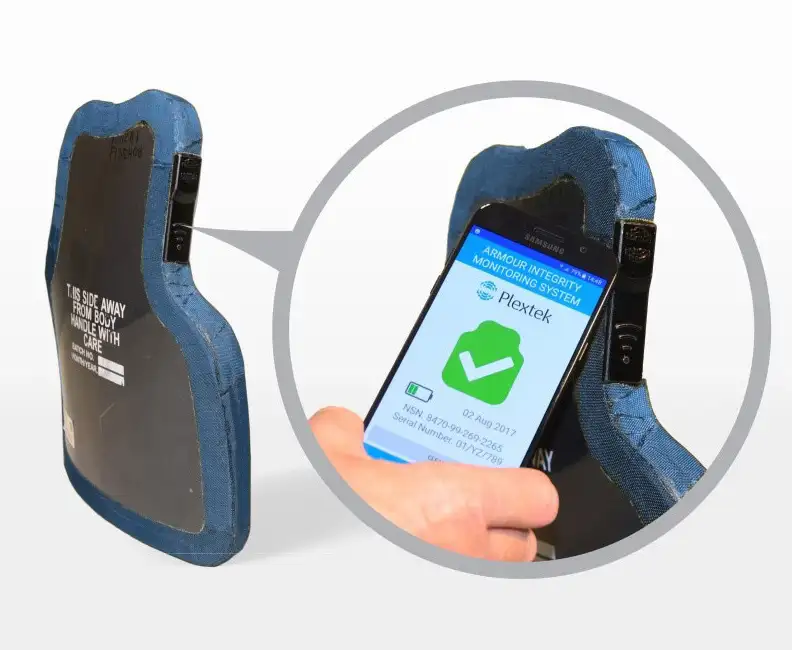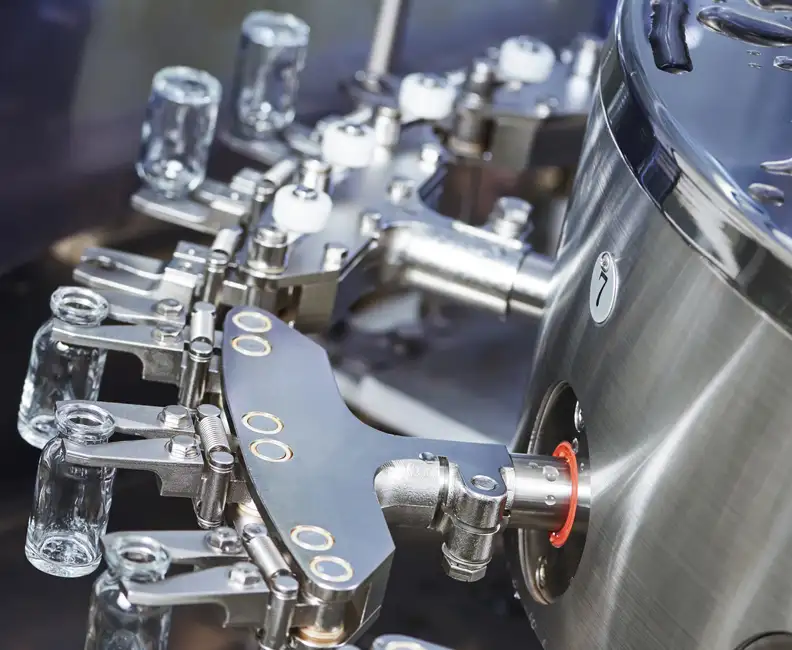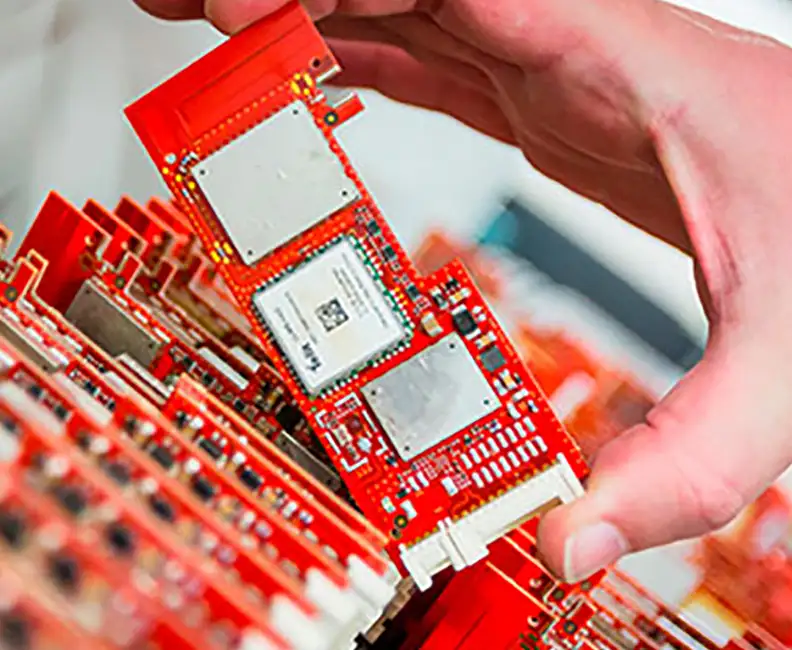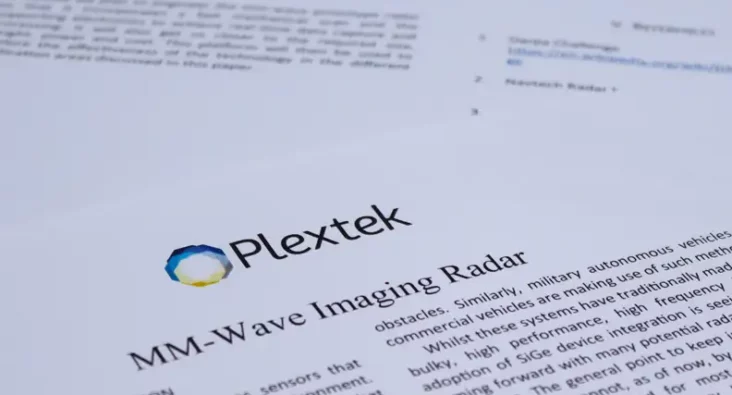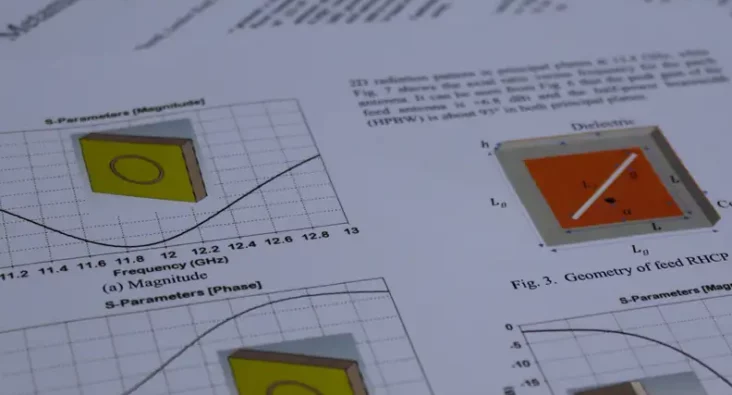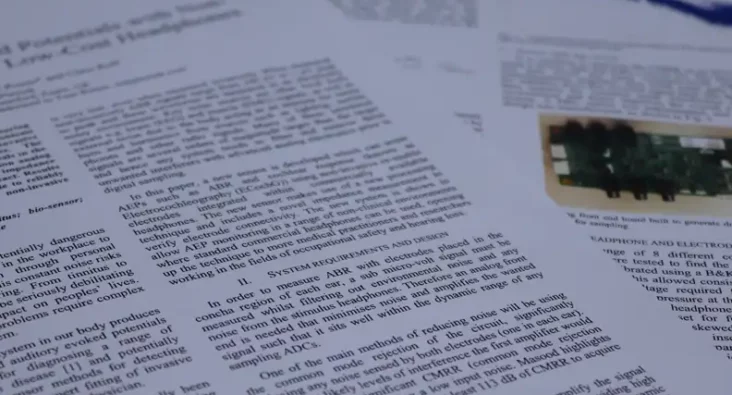The Challenge
Spinbrush, a provider of affordable battery-powered toothbrushes with a unique spinning brush head, is facing stiff competition in the adult toothbrush market. With competitors like Equate and Oral-B Pulsar, as well as new brands and start-ups, Spinbrush’s business is challenged in this area.
Spinbrush wanted to innovate and disrupt the market. However, to do so effectively, they need a clear understanding of consumers’ emerging needs and aspirations.
A key challenge with disruptive innovation for established brands is the translation of consumer insight, research activities into credible and actionable initiatives. While Spinbrush had some relevant existing understanding of these needs, it did not feel this was sufficient to define clear goals in developing the new generation of product.
The Approach
To gain a deeper understanding of consumers’ needs and experiences with oral care products, we recruited consumers from across the US for an interactive, primary research activity.
We initially asked our recruits to complete video diaries of their activities capturing their current oral care practices and routines with numerous products. This activity was followed by online in-depth interviews where we mapped each consumer’s shopping and usage experience. By analysing the video diaries and the interview insights, we identified potential barriers, pain points, and challenges faced by consumers. Our multi-disciplinary innovation team then creatively explored various features and attributes that would enable its future products to more fully meet consumers needs than those already in the market.
This allowed our design team to develop product concepts that combined these features into full architectures directed at the priority needs our research had discovered. As part of this we showed a range of alternative aesthetic themes and material options.
Given the crucial interaction of product and packaging, illustrations were generated for each product option including new packaging concepts. Spinbrush also used these designs to create a range of physical prototypes for a subsequent round of consumer concept testing which Ignite’s team led.
The Outcome
Our goal was to understand how consumers make decisions regarding oral care and purchases. By observing consumer attitudes and moments of truth in the purchase journey, as well as discussing sensory, emotional, and functional attributes, we identified unmet needs and the problems Spinbrush should address in their future potential products.
Through our design activities, we developed a strategic portfolio of specific ideas and enablers to help Spinbrush overcome challenges and achieve success in the powered toothbrush category. This portfolio included new features, interactions, designs, and packaging concepts. These ideas allowed Spinbrush to envision a full range of products with technical and functional enhancements and culminating in a portfolio of novel and targeted product designs.
Spinbrush is now refining these designs through its internal engineering teams and subsequent rounds of consumer testing and will launch at a store near you soon!
Ignite & Plextek’s comprehensive research and innovative approach have been instrumental in shaping our next generation of Spinbrush products. They provided a foundational base of meaningful consumer insights and associated product concepts that were key ingredients in restaging the Spinbrush platform.
Rob Fusi
Head of Product Engineering








